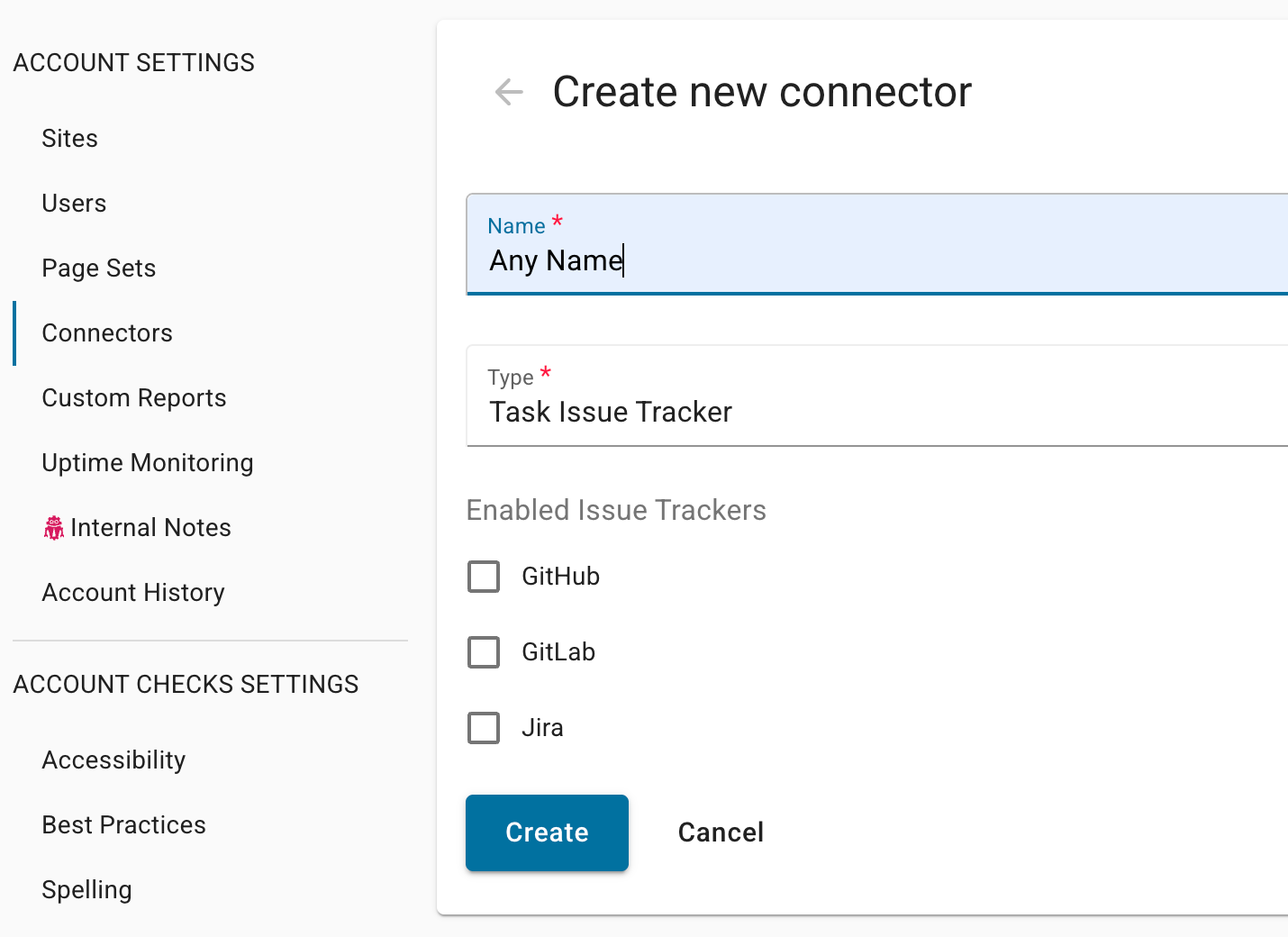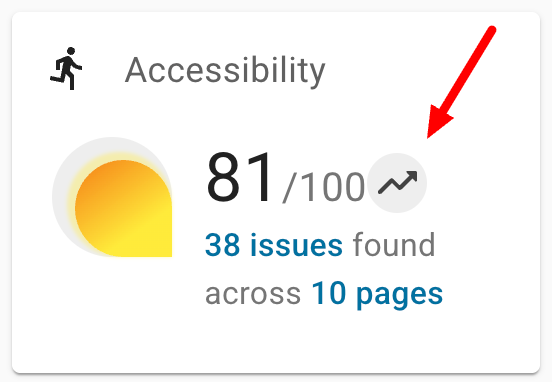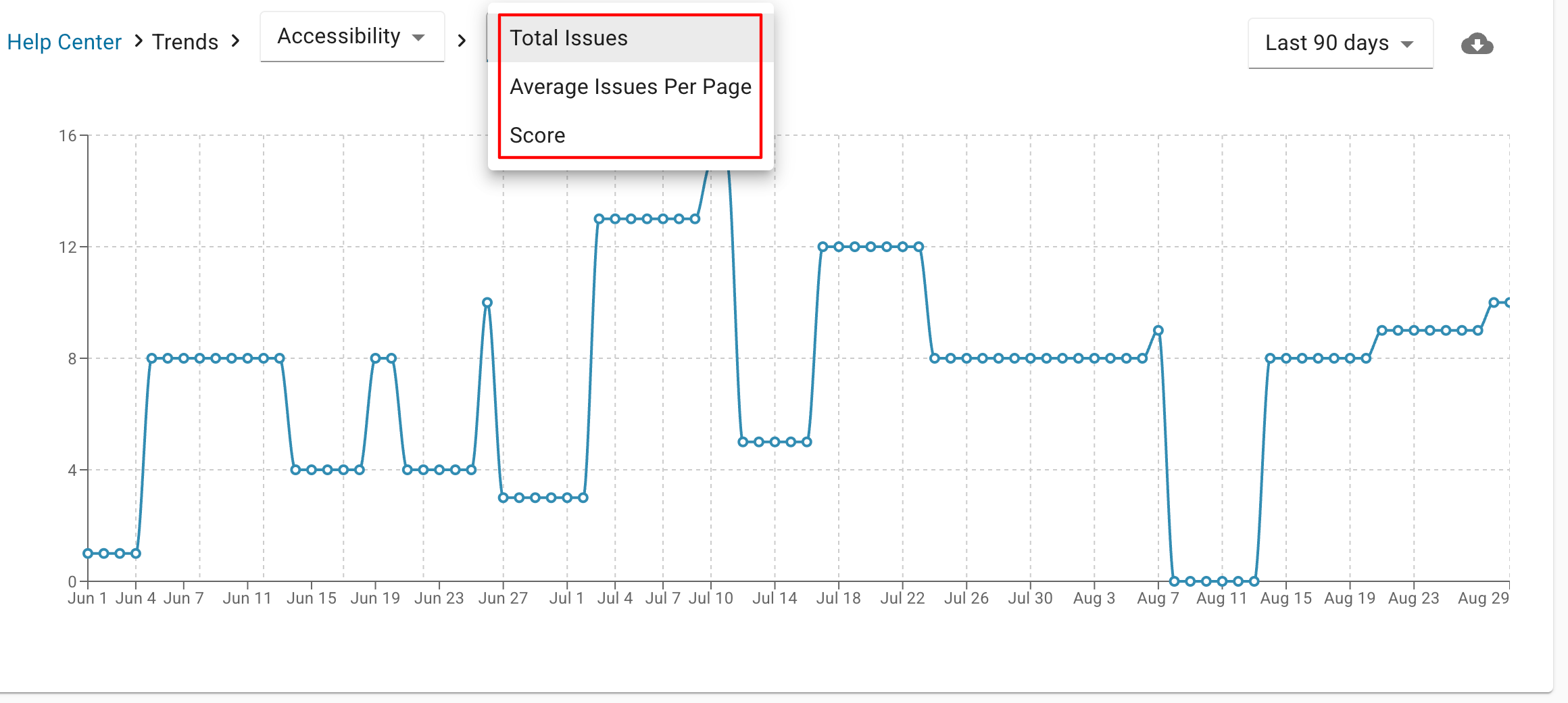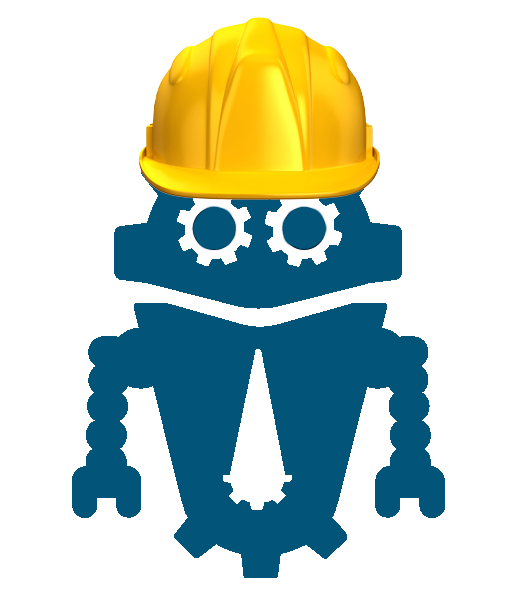Task management is the process of overseeing a task throughout its entire lifecycle, from inception to completion. It is a fundamental practice for both individuals and teams, designed to enhance efficiency, productivity, and collaboration.
So what does all of this have to do with a continuous accessibility monitoring strategy?
Task management provides the necessary structure to turn the raw data from accessibility audits and monitoring tools into actionable steps. Without effective task management, a monitoring strategy would only identify problems without a clear process for fixing them and would become disorganized, inefficient, and likely fail.
Task management involves several key activities. Organizing and prioritizing, assigning responsibility, tracking progress, and finally, completion and reporting.
Let’s examine each activity to discover how it can be integrated into your continuous accessibility monitoring strategy and how DubBot’s Task Management function can help keep everything connected.
Organizing and Prioritizing Issues
Automated and manual accessibility checks can produce a long list of issues. Task management ensures that you break down work into specific, trackable items, such as audit homepage images for ALT text instead of fix accessibility.
Task management is also essential for sorting and rating issues by severity. Criteria for that rating system can include user impact, frequency, scope, compliance, legal risk, and remediation effort, among others.
With DubBot’s Task Management function, you can assign a severity rating of low, normal, important, or critical for each issue found.

Assigning Responsibilities
Accessibility remediation requires collaboration between different teams, including developers, designers, content creators, and quality assurance specialists. In the task management process, you assign specific issues to the responsible individuals or teams, ensuring accountability and clear ownership of the work.
With DubBot’s Task Management function, you can assign tasks related to current issues to individuals or the entire team while viewing the page inside DubBot. Additionally, in DubBot, you can grant your content editors permissions to view only issues related to content, such as missing or incorrectly ordered headings (e.g., having an H1 after an H3), while reserving more technical issues (requiring code changes) for your developers.
Practical Integration
Many organizations integrate their continuous accessibility monitoring tools directly with their existing project management platforms, creating a seamless workflow where automated scans can flag an issue and automatically create a new task, complete with details on the problem, its location, and the suggested fix. This shift-left approach embeds accessibility into the development lifecycle, making it an ongoing responsibility rather than a one-time audit.
With DubBot, you can connect your tasks right to your Jira, GitHub, or GitLab task management systems. Tasks can be pushed, tracked, and closed within the same system your developers already use, making it easy to take an issue from discovery all the way to production, resulting in a faster, more seamless workflow.

Tracking Progress
Keeping tabs on each accessibility issue, from pending to remediated, from in testing to in production, is crucial for project managers to monitor progress, identify bottlenecks, stay on schedule, and provide clear updates to management and stakeholders.
DubBot provides a Trends panel for each feature score available on your dashboard.

This graph provides teams with a clear view of changes and trends, including total issues, average issues per page, and overall scores, enabling them to track progress, identify potential delays early, and keep management and stakeholders informed with regular reports. Additionally, teams can customize the timeframe to align with their reporting schedule.

Progress Reports
Task management helps you identify recurring issues and patterns and use that information to improve processes, rather than just address issues. Reporting that information provides accountability and transparency, allowing everyone to see the status of the work, which helps keep teams aligned and prevents things from slipping through the cracks, ultimately improving workflow.
For project and team leaders, reports provide real data to inform decision-making regarding shifting priorities, resource allocation, and project tracking.
DubBot offers several reporting options, ranging from the number of flagged issues per page to your trend reports and even custom reports, making your task management activities measurable and meaningful, with streamlined, data-driven insights that are easy to share with teams and stakeholders.
Task Management Powers Accessibility Monitoring
Integrating task management activities into your continuous accessibility monitoring strategy, you can track the status of each accessibility issue from discovery to remediation. When tasks are logged, tracked, and reviewed, patterns emerge that may signal things like additional training needed for the content team on creating descriptive link text or that the development team needs a better contrast checking tool.
Task management principles transform endless monitoring data into structured, prioritized, and trackable actions, making continuous accessibility monitoring sustainable instead of overwhelming. With DubBot, managing tasks and driving accessibility improvements become part of the same workflow, enabling you and your teams to focus on building a more accessible and inclusive digital presence.
A human author creates the DubBlog posts. The AI tool Gemini is sometimes used to brainstorm subject ideas, generate blog post outlines, and rephrase certain portions of the content. Our marketing team carefully reviews all final drafts for accuracy and authenticity. The opinions and perspectives expressed remain the sole responsibility of the human author.

